Constellation seeks rezone for property adjacent to Illinois plant
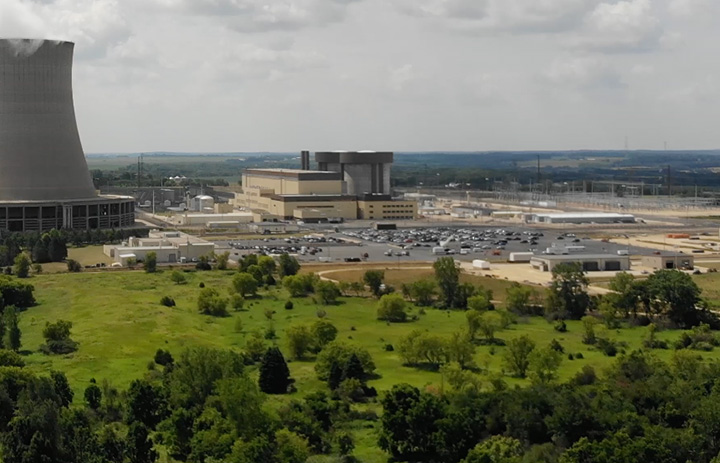
While no development details have been released, Constellation is asking to rezone 658.8 acres of land it owns around the Byron nuclear plant in Illinois for possible long-term use.


While no development details have been released, Constellation is asking to rezone 658.8 acres of land it owns around the Byron nuclear plant in Illinois for possible long-term use.
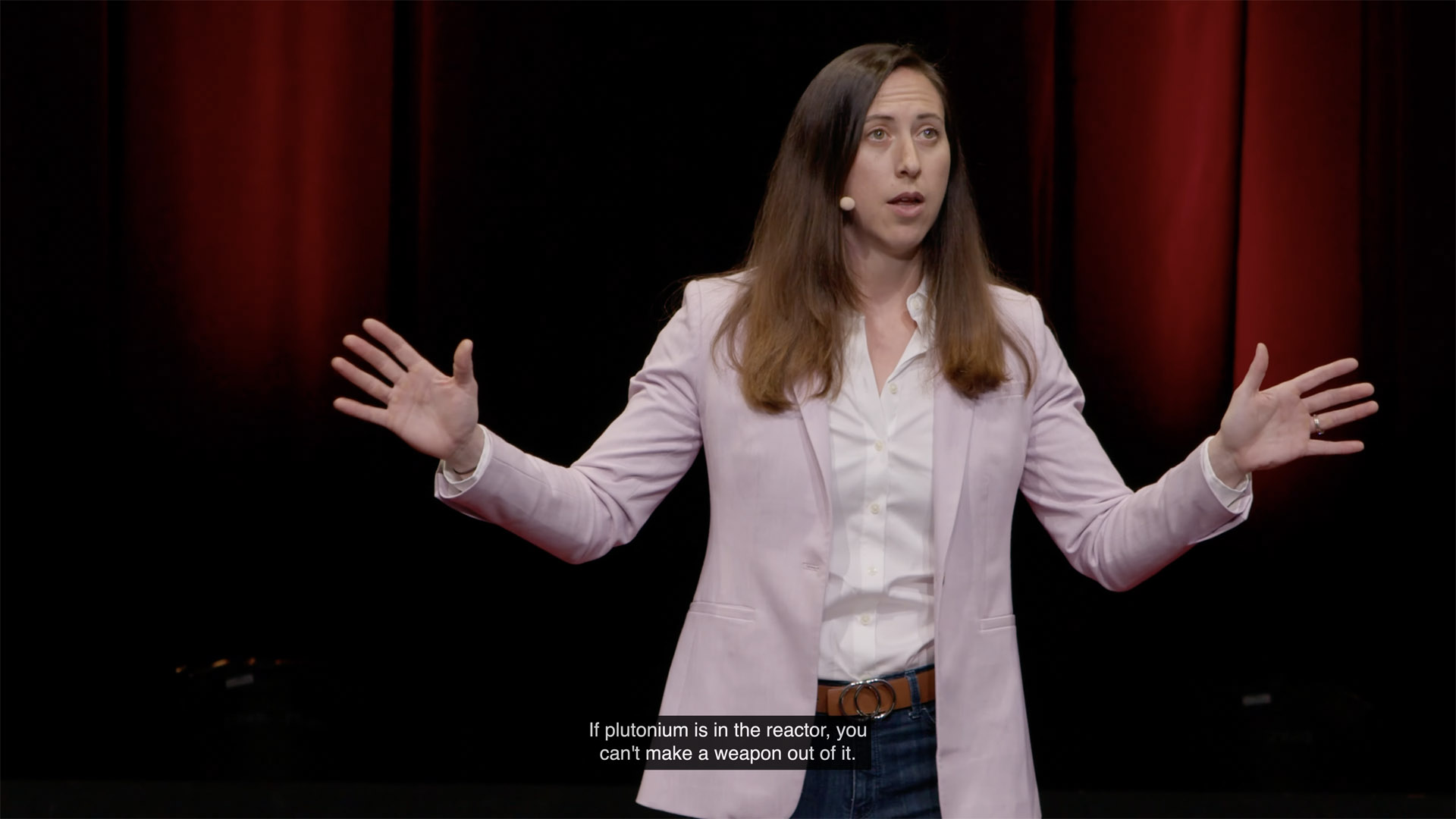
Jenifer Shafer, the associate director for technology at the Advanced Research Projects Agency–Energy (ARPA-E), recently delivered a TEDx talk in which she explained the basic concepts of nuclear waste recycling, including related nonproliferation issues. As Shafer wrote in a post on LinkedIn, “In my talk, I explored the misconceptions surrounding nuclear waste and discuss[ed] the possible emerging opportunities regarding nuclear fuel recycling. It’s crucial that we understand the real potential of nuclear energy, and leveraging our ‘nuclear treasure,’ in shaping a sustainable future.”
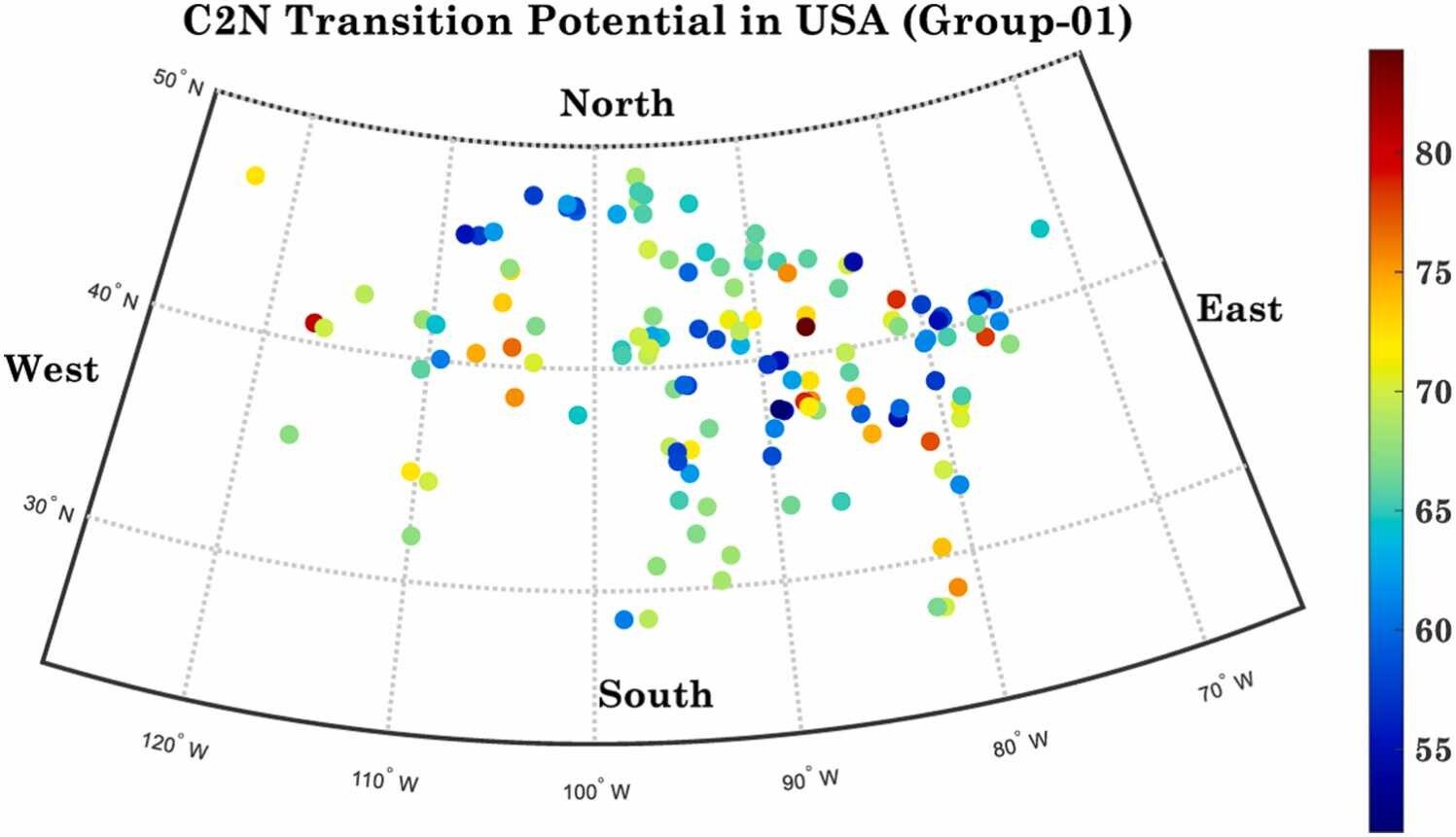
Comprehensive analysis of 245 operational coal power plants in the United States by a team of researchers at the University of Michigan has scored each site’s advanced reactor hosting feasibility using a broad array of attributes, including socioeconomic factors, safety considerations, proximity to populations, existing nuclear facilities, and transportation networks. The results could help policymakers and utilities make decisions about deploying nuclear reactors at sites with existing transmission lines and a ready workforce.
Duke Energy Florida is considering long-term plans for new nuclear development on 5,000 acres it owns near Gainesville.
According to testimony filed in Duke’s three-year, $818 million rate hike request with the Florida Public Utilities Commission, “In the 2038–2048 timeframe, this would be an attractive site for [the] addition of a new zero-emitting load following resource . . . including the potential development of next generation nuclear [small modular reactor] technology.”

Lisa Marshall
2024-2025 ANS President
The importance of an education was instilled in Lisa Marshall at a young age by her grandmother. Born in Trinidad, Marshall was raised by her grandparents after her parents emigrated to Canada in pursuit of their educational goals. “My grandmother, Winifred, saw education as the route to the next level,” Marshall said, adding that the family wasn’t even sure if her grandmother had finished elementary school. “She wanted more for us than she had, and she believed the best way to achieve that was through an education.”
When Marshall was young, Winifred walked with her on the road from their house to school every day and was there to greet her when the school day was done. When Marshall was older, she went home for lunch, which her grandmother prepared. “She was a stabilizing force in my life,” Marshall said. “She kept me safe and nourished me. She taught me to be independent. And she always stressed the education part.”
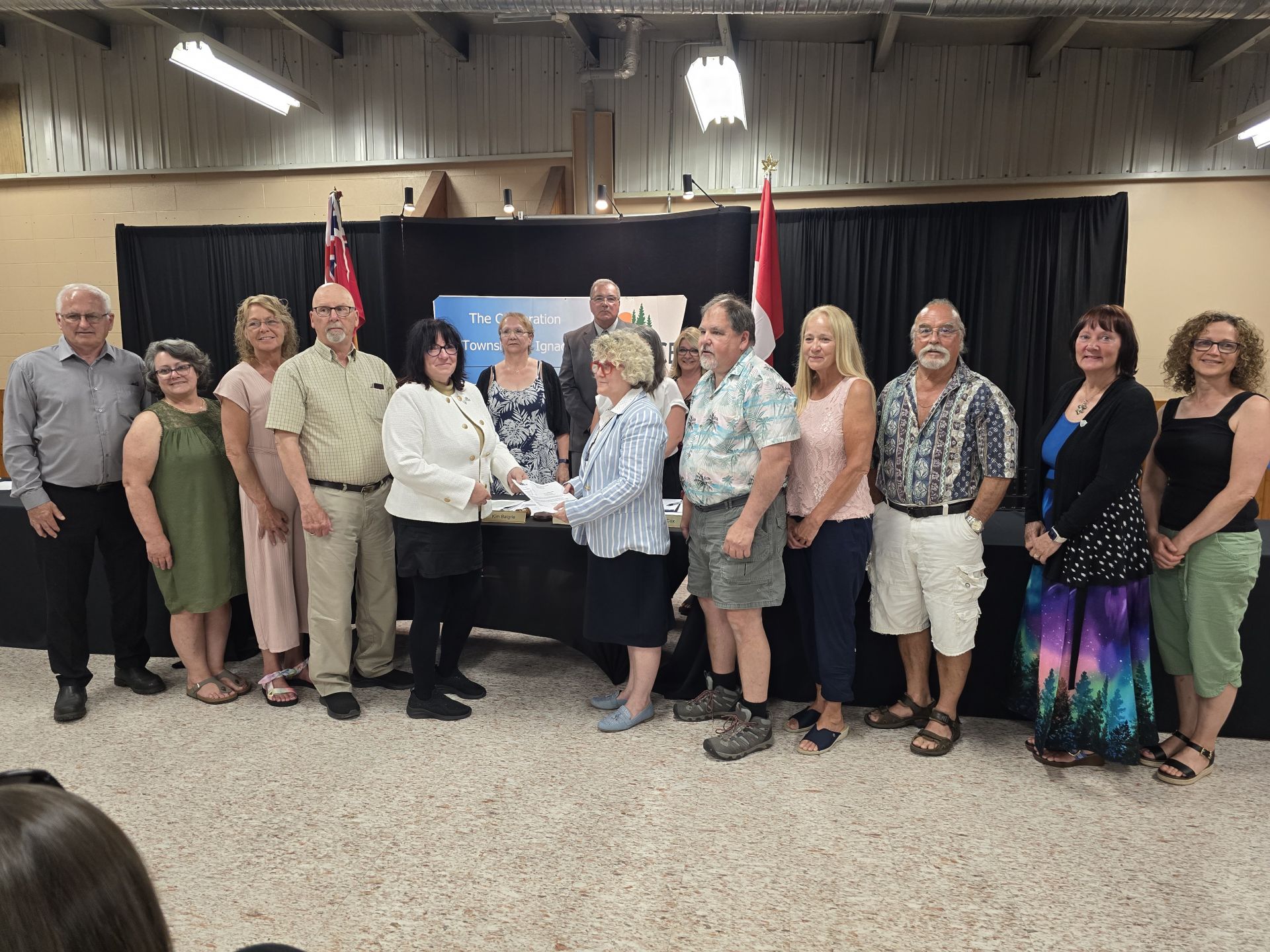
The township of Ignace in northwestern Ontario has indicated its willingness to host a potential deep geologic repository for Canada’s spent nuclear fuel. The town council voted unanimously on July 10 to pass a resolution indicating its willingness to participate in the Nuclear Waste Management Organization’s (NWMO's) process for selecting a repository site, making it the first Canadian community to officially move forward with the next phase of a site selection process that began in 2010.
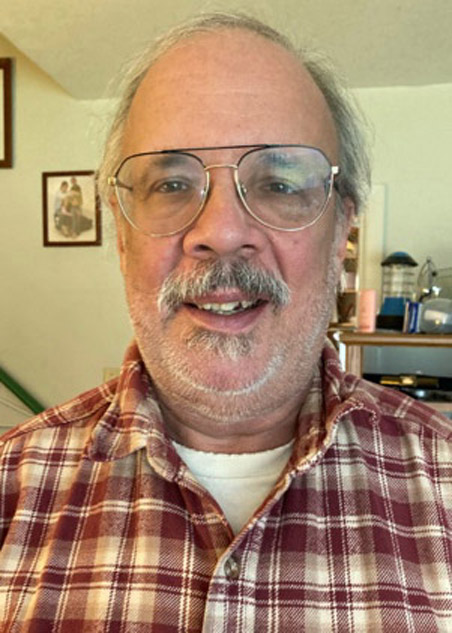
Augustine today, at home.
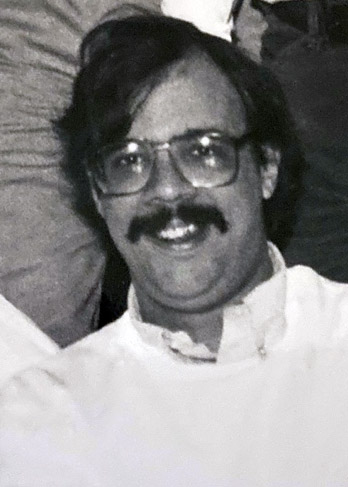
Augustine in 1991, during his years at Knolls Atomic Power Laboratory.
We welcome ANS members who have careered in the community to submit their own Nuclear Legacy stories, so that the personal history of nuclear power can be captured. For information on submitting your stories, contact nucnews@ans.org.
In college I started in physics, but in 1977, during my sophomore year, I decided to pick a more practical major: nuclear engineering. Like many young people, I wanted to make the world a better place.
During my junior year, the Three Mile Island accident occurred. Many of us in nuclear engineering wondered whether we had chosen the wrong major, but our professors assured us there was a future in nuclear power. It seemed at the time a common-sense solution to the predicted shortages of oil and gas, and it was far safer than coal. I stayed the course and ended up getting my bachelor’s and master’s degrees in nuclear engineering.
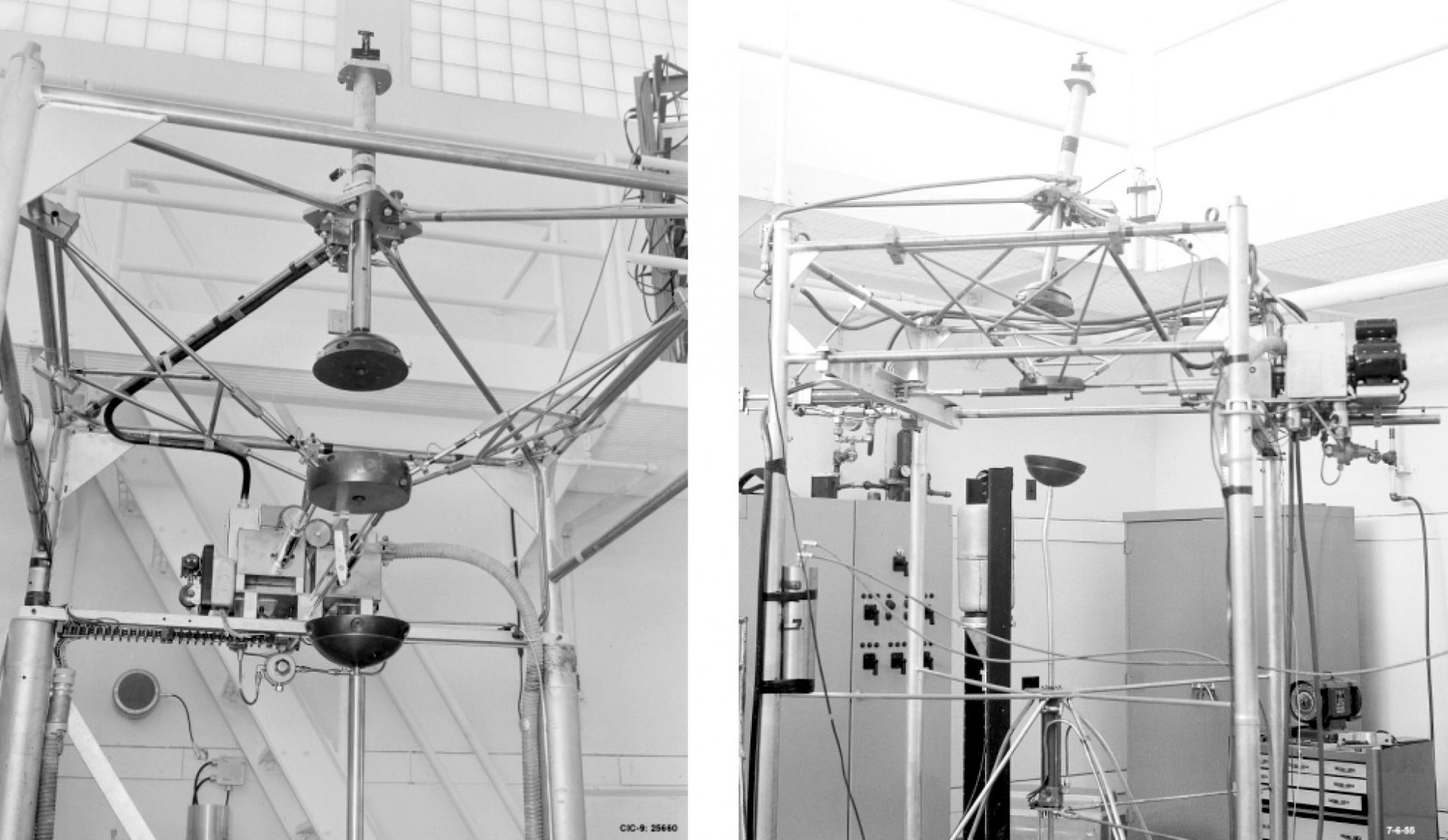
Fast burst reactors were the first fast-spectrum research reactors to reach criticality by using only prompt neutrons with high-enriched uranium as fuel, creating a pulse for microseconds. Among many achievements, fast burst reactors were the first research reactors to demonstrate the ability of thermal expansion to terminate a pulse and to show how this could aid in reactor safety. In addition, fast burst reactors were pivotal in early fission studies including critical mass determination, criticality safety, the study of prompt and delayed neutrons, and much more.
![]() Here is a recap of industry happenings from the recent past:
Here is a recap of industry happenings from the recent past:
Radiant purchases nuclear-grade graphite for its microreactor
Microreactor startup Radiant Industries and Amsted Graphite Materials, the largest American-owned synthetic graphite producer, have reached an agreement to collaborate on reducing U.S. reliance on foreign sources of nuclear-grade graphite. The collaboration began with Radiant placing a purchase order with Amsted for its Kaleidos microreactor, a 1-MW high-temperature, gas-cooled portable microreactor that has a graphite core and uses TRISO fuel.
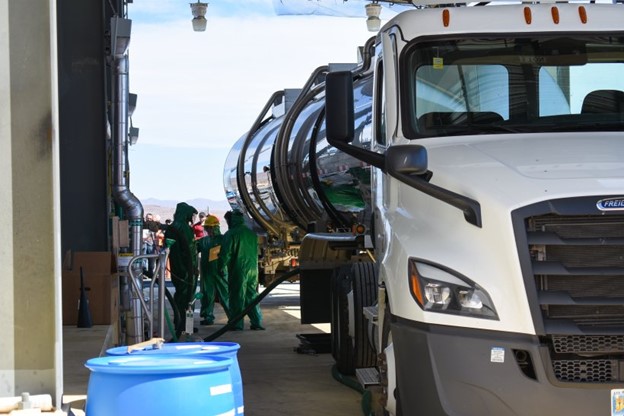
Workers at the Department of Energy’s Hanford Site in Washington state recently unloaded a shipment of more than 10,000 gallons of sodium hydroxide delivered to the site’s Waste Treatment and Immobilization Plant (WTP). The liquid sodium hydroxide will be the first chemical fed into the plant’s melters to simulate Hanford’s radioactive and chemical tank waste.
The Nuclear Regulatory Commission has posted an unclassified version of its annual report to Congress on the results of the agency’s security inspection activities in 2023.
The report covers the NRC’s security inspection program, including force-on-force exercises, for commercial nuclear power reactors and Category I fuel cycle facilities. It keeps Congress and the public informed of the NRC’s oversight of the protection of the nation’s civilian nuclear power infrastructure and strategic special nuclear material.

Because of its hardness and its hardiness in the face of high temperatures, silicon carbide has been used for industrial purposes for decades. It has proven its worth as a key component of tiny TRISO fuel particles. But SiC has a weakness—in its pure form it is too brittle for use in structural components, such as 12-foot-long light water reactor fuel cladding tubes.
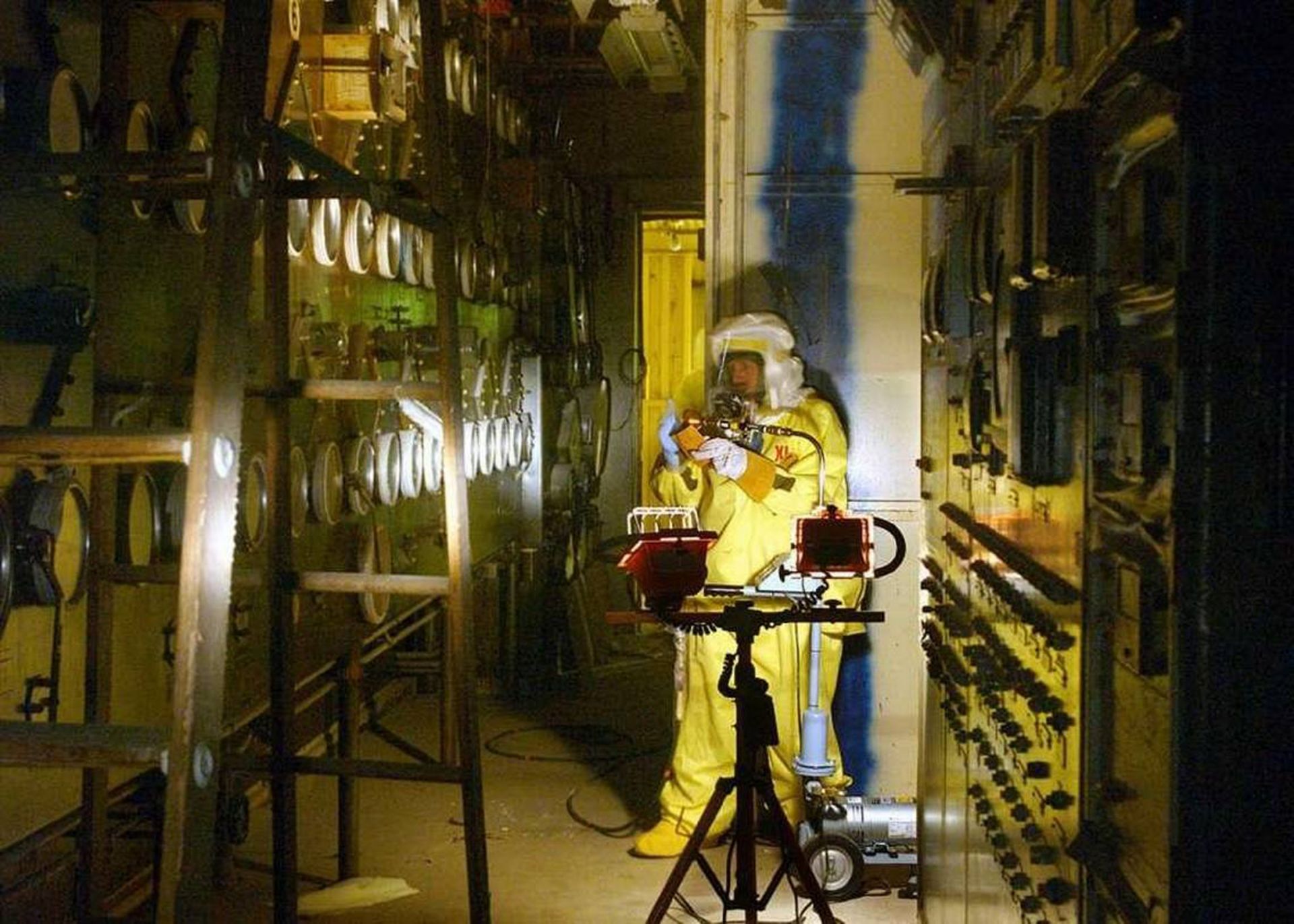
In 1976 at the Hanford Site in Washington state, a 64-year-old chemical operations technician named Harold McCluskey was working on columns filled with special exchange resins in a glove box at the Plutonium Finishing Plant.

The European Commission has issued a positive opinion on the technical and nuclear safety aspects of the construction of Units 3 and 4 at Cernavoda nuclear power plant in Romania.
Under the Euratom Treaty, nuclear project developers are required to notify the EC of planned investments and to demonstrate compliance with the highest nuclear safety standards.
An analysis of the LDR-50 low-temperature nuclear district heating reactor, developed by Steady Energy, indicates that “significant reductions in CO2 emissions can be achieved by replacing fossil heating fuels with nuclear energy [district heating].” The study, conducted by researchers from the VTT Technical Research Centre of Finland and published in the journal Energies, describes carbon footprint reductions and other environmental benefits derived from the LDR-50, which Steady Energy hopes to introduce in Finnish and other European district heating markets by the 2030s.
State regulators will study the economic and technical feasibility of adding advanced nuclear technology in Florida.
The directive was included in a sweeping energy bill, House Bill 1645, passed by the Florida Legislature and signed into law by Gov. Ron DeSantis. The Florida Public Service Commission must issue a report to the governor and legislative leaders by April 1, 2025, with findings and recommendations to support new nuclear in the state—specifically including military bases.
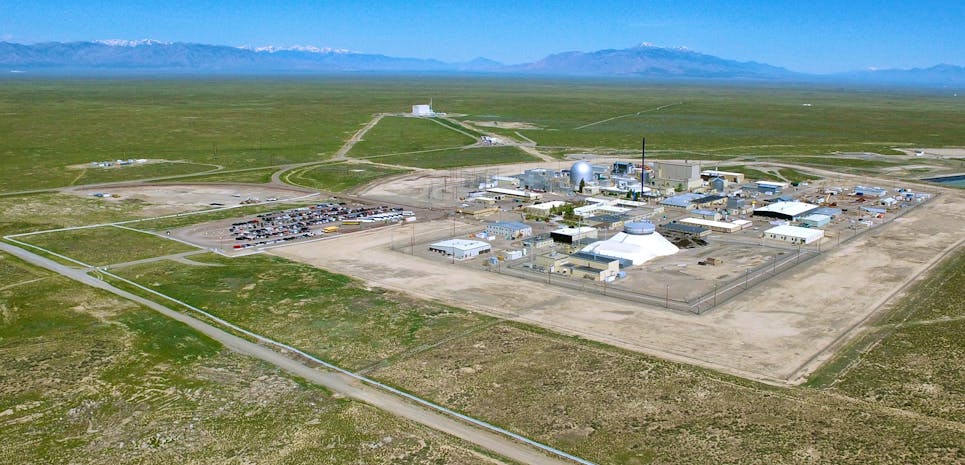
Aalo reported last week that it has submitted a regulatory engagement plan to the Nuclear Regulatory Commission in “a huge step forward in getting regulatory approval for our Aalo-1 reactor.”
The latest in the series of ANS Community of Practice (CoP) presentations on risk-informed, performance-based (RIPB) principles, held May 31, 2024, was a departure from past presentations. Rani Franovich and N. Prasad Kadambi provided their perspectives on what is missing in current dialogue on RIPB. What followed was a meaningful discussion and exchange of perspectives regarding what is meant by “performance based.”
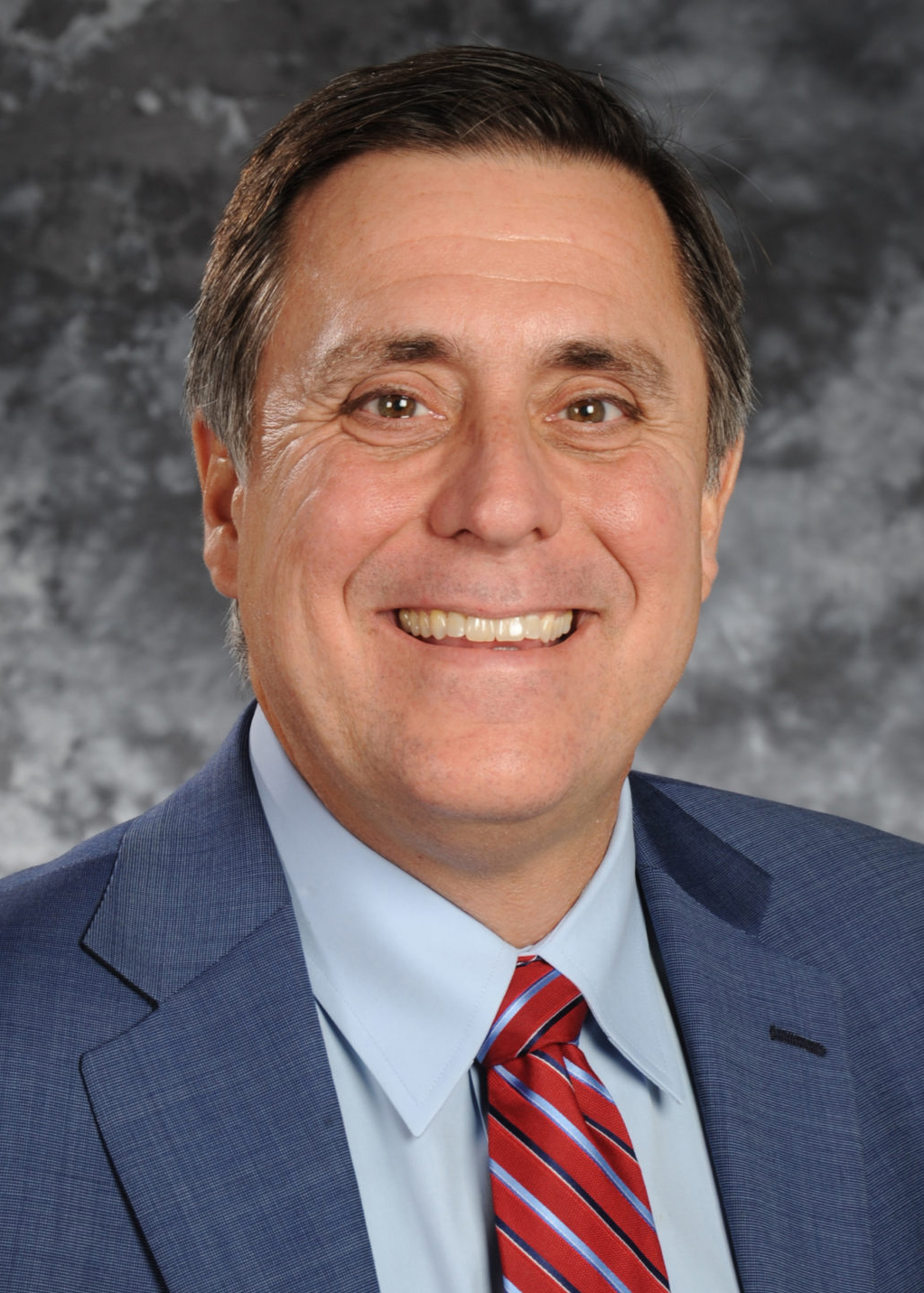
Peters
Mark Peters will become president and chief executive officer of MITRE, effective September 3, 2024. He will succeed Jason Providakes, who previously announced his intention to retire after 37 years with the not-for-profit research and development company, including seven years as president and CEO.
Peters is a recognized expert in nuclear fuel cycle technologies, nuclear waste management, and national security, with more than 25 years of leadership and scientific discovery for federally funded R&D centers (FFRDCs). He currently serves as executive vice president, laboratory management and operations, at Battelle Memorial Institute, which, with other strategic partners, operates eight FFRDCs for the federal government, with responsibility for governance and oversight of the Department of Energy and Department of Homeland Security national laboratories.

American Electric Power and Exelon are seeking a hearing with the Federal Energy Regulatory Commission about a proposed data center project linked to Talen’s Susquehanna nuclear plant in Pennsylvania.